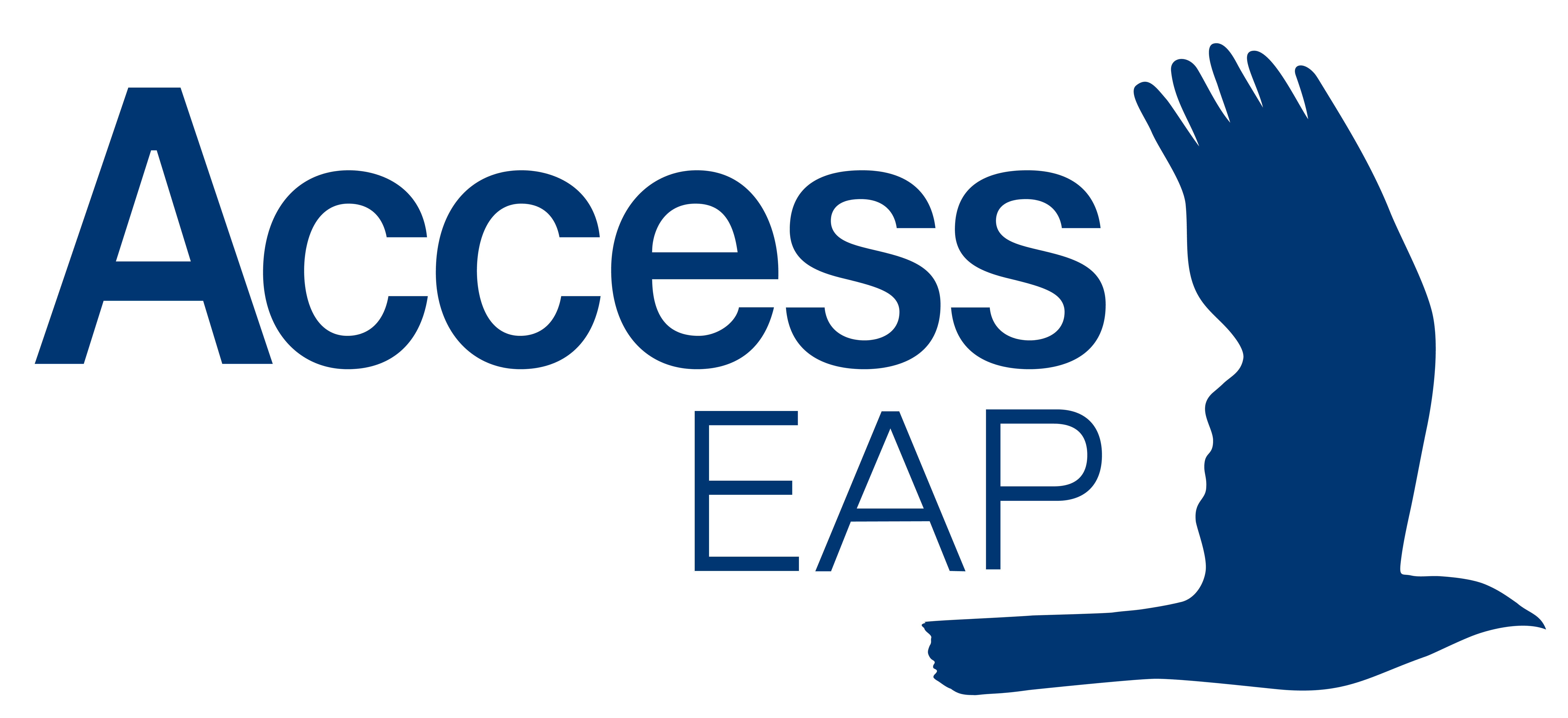
Tips to Keep Your Business New Year’s Resolutions on Track
The start of a new year is a great opportunity to take a fresh look at the goals you’d like to set for the next 12 months. For businesses this could range from financial growth to improved staff retention, or new service and product offerings. However, with only 8% [1] of people achieving their New Year’s resolutions, how can management and HR professionals hope to inspire entire teams to find year-long success?
The answer lies in effective goal setting says our Clinical Director, Marcela Slepica “It’s easy to get swept up in the excitement of setting a new goal, without thinking about the big picture. While having a common goal is great for team morale and motivating employees, the goals you set need to be realistic and in line with your organisation’s vision and values.”
Here Marcela gives more details on some of the tips we use to help organisations reach their goals.
S.M.A.R.T Goals
Organisational goals are like personal goals in that they provide structure to help us move in the direction we want to take. Within organisations, it can be easy to come up with ‘big picture’ ideas or strategic direction, however setting goals can be more challenging. The S.M.A.R.T. model is a great way of keeping your goals on track and giving them the best possible chance of success.
- Specific: Goals need to be as specific, e.g. rather than ‘we want more business or to increase our revenue’, a specific goal may be ‘we want to grow revenue by 10 % this year’, or ‘we want three new customers per month.’
- Measurable: Keep track of numbers, e.g. numbers of cold calls, number of proposals, number of enquiries. Have a visual of numbers on a board so everyone can see it and see how it’s growing.
- Achievable: Is your goal realistic? For example, is it realistic to achieve three new customers? What is involved in achieving the goal? Do you have the resources?
- Relevant: Your goal needs to tie into the direction of your organisation, e.g. is it relevant to source new customers if the market is saturated? An alternative could be growing existing customers.
- Timely: Ensure that you set timeframes around your goals, e.g. do you want to have reached this goal by the start of the new financial year? Continually discuss the time frames and keep focus by celebrating milestones.
Marcela also notes that it’s important to include some flexibility around your goals and review them on a regular basis. “Unforeseeable changes may occur throughout the year which impact on the relevance of your goals, or your ability to achieve them. Organisations are changing at a fast pace to keep up with influences such as new technology, so you can’t afford to take a ‘set and forget’ approach to goals.” Marcela suggests reviewing your organisation’s goals on a regular basis, and adjusting them if needed.
The other important factor which Marcela highlights is to have clarity around who is accountable or responsible for implementing different aspects of your organisational goals. “In order for the goal to progress from an idea to reality, you need key people taking charge and making sure that it happens. Part of your goal setting should be outlining who does what, and when, right from the outset.”
Find the Values in Your Goals
For your goals to be effective, it’s important to help your team find meaning and purpose in their day-to-day work. Rather than just concentrate on the end goal. A values based approach helps provide the rationale as to “why” you are aiming towards the goal in the first place. The idea is that achieving the goal is a part of something bigger, and is not in itself a means to an end.
One way in which organisations effectively motivate their employees to achieve goals through values is to have a vision or mission statement that is developed in collaboration with the employees. Marcela states, “If employees believe in what they are doing, they are going to be more motivated to achieve goals”. For example, many organisations now donate some of their profits to charity, as a values-based incentive for motivating staff.
Most organisations also now incorporate values in their day-to-day practice, and code of conduct. Therefore, the way in which employees behave to achieve their goals, becomes just as important as the end goal. Marcela notes that “This cohesiveness between goal and values further reinforces for employees that they are doing the right thing, and for many people this feeling is highly motivating.”
[1] Wharton University of Pennsylvania http://knowledge.wharton.upenn.edu/article/its-january-7-are-you-sticking-to-your-new-years-resolution/


